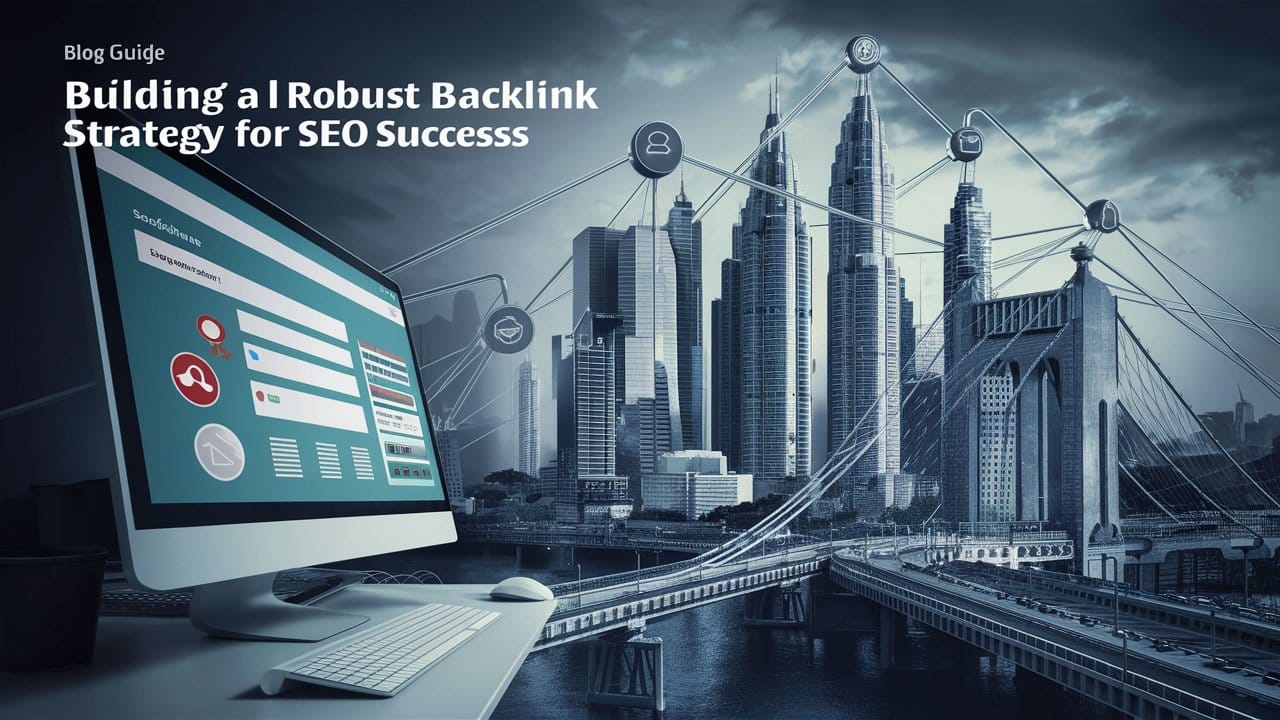I. TL;DR (Too Long; Didn’t Read)
Forget trying to master hundreds of ranking factors. In 2025, your SEO success hinges on a few core pillars. The most important factors are: creating high-quality, helpful content that perfectly matches what the user is searching for (search intent); earning a strong profile of backlinks from reputable sites to show your authority; and providing a flawless technical and user experience through fast page speeds, mobile-friendliness, and top-notch security. Nail these, and you’re on the right track.
This article cuts through the noise to give you a clear, prioritized guide to the most important Google ranking factors for 2025. We’ll help you focus your SEO efforts where they will have the most impact.
II. Introduction: Moving Beyond the “200 Ranking Factors”
If you’ve spent any time learning about SEO, you’ve probably seen it: the overwhelming list of “Google’s 200 ranking factors.” While it’s true that Google’s algorithm is incredibly complex, trying to chase every single possible signal is a recipe for disaster. It’s like trying to count every grain of sand on the beach – you’ll get lost and miss the tide coming in.
The reality is that only a core group of these factors truly moves the needle. To succeed in 2025, you need to stop chasing the endless checklist and start focusing on what truly matters. This guide will shine a spotlight on that critical core group.
What is a Google Ranking Factor?
First, a quick definition. A ranking factor (or ranking signal) is simply a characteristic of a webpage that Google’s algorithm uses to evaluate its relevance and quality. The algorithm weighs these factors to determine a page’s position on the Search Engine Results Page (SERP) for a given query.
As we covered in our guide on how search engines work, the ultimate goal is to provide the user with the best possible answer. These factors are the clues Google uses to figure out what “the best” is.
The Core Ranking Factors for 2025
Let’s break down the factors that will make the biggest difference to your website’s performance this year. We can group them into three main categories: Content, Authority, and Experience.
1. High-Quality, Helpful Content (The Foundation)
This isn’t just a factor; it’s the factor. Everything starts here. In 2025, Google’s focus on helpful, people-first content is more intense than ever.
- Matches Search Intent: Your content must effectively solve the user’s problem or answer their question. Are they looking to buy, learn, or find a specific website? Your page must align with that goal. This is the essence of Search Intent.
- Original & Valuable: Your content needs to provide unique value. This means offering original research, in-depth analysis, or a comprehensive perspective that isn’t just a rehash of the top 10 results. For more on this, read Google’s own guide on creating helpful, reliable, people-first content.
- Fresh & Up-to-Date: For many topics, what was true last year may not be true today. Keeping your content current is a signal of relevance.
2. Backlinks (Authority & Trust)
Backlinks are essentially votes of confidence from other websites. When a reputable, relevant site links to you, it tells Google that you are a trustworthy source of information.
- The Golden Rule: Quality over quantity. A single link from an authoritative site in your industry is worth more than a hundred links from low-quality, irrelevant sites. A good backlink strategy is about earning these powerful endorsements, not just accumulating links.
3. Website Loading Speed (Page Experience)
How quickly your page loads is a critical factor. No one enjoys waiting for a slow website, and users are quick to hit the “back” button.
- Core Web Vitals: Google uses a set of metrics called Core Web Vitals to measure the loading performance, interactivity, and visual stability of a page. A poor score can hinder your rankings. Improving your website speed is a key part of technical SEO.
4. Mobile-Friendliness (Page Experience)
Google now operates on a “mobile-first indexing” basis, meaning it predominantly uses the mobile version of your content for indexing and ranking. A clunky, hard-to-navigate mobile site is a major red flag. Your website must provide a seamless experience on all devices, as we detail in our post on the importance of mobile optimisation.
5. Domain Authority & Trust
This is less of a direct factor and more of a concept representing your website’s overall reputation. It’s the sum of many parts: the quality of your content, the strength of your backlink profile, and your site’s history of providing reliable information. Domain Authority is a metric created by SEO software companies to model this, but the core principle is simple: be a trustworthy source over time.
6. Website Security (HTTPS)
Having a secure certificate (HTTPS) is no longer optional; it’s a baseline requirement. It protects your users’ data and is a clear signal of trust to both visitors and search engines. Google Chrome will actively flag non-secure sites, making this an essential factor for user confidence.
7. User Interaction Signals
Google is smart. It can interpret how users interact with your site as a signal of its quality. While not a direct ranking factor in the way links are, signals like a low bounce rate (users don’t immediately leave), good time on page, and a high click-through rate from the search results suggest that users are finding your page helpful and relevant.
What About Other Factors? (Keywords, Domain Age, Social Signals)
- Keyword Optimization: Using relevant keywords is still fundamental, but it’s not about “stuffing” them in. It’s about naturally incorporating the language your audience uses into high-quality content. Think of it as part of creating relevant content, not a separate trick. Our guide to keyword research can help.
- Domain Age: A common myth. An older domain isn’t inherently better. What matters is the authority and trust it has built up over that time. A new site with a fantastic strategy can outrank an old, neglected one.
- Social Signals: While shares on social media don’t directly boost your Google rankings, a strong social presence can lead to increased brand visibility, which can indirectly lead to more backlinks and brand searches – both of which are positive signals.
Conclusion: Master the Pillars, Don’t Chase the Signals
SEO in 2025 is less about chasing an endless list of minor ranking factors and more about mastering the core pillars of a great online experience. If you focus your energy on creating genuinely helpful content for your audience, earning trust and authority through backlinks, and providing a technically sound, fast, and secure user experience, you are focusing on what truly matters to Google.
Ready to focus on the ranking factors that will truly move the needle for your business? At NeedSEO, we build strategies around these core pillars to drive meaningful results. Contact NeedSEO today for a comprehensive SEO audit and a strategy tailored for 2025.







